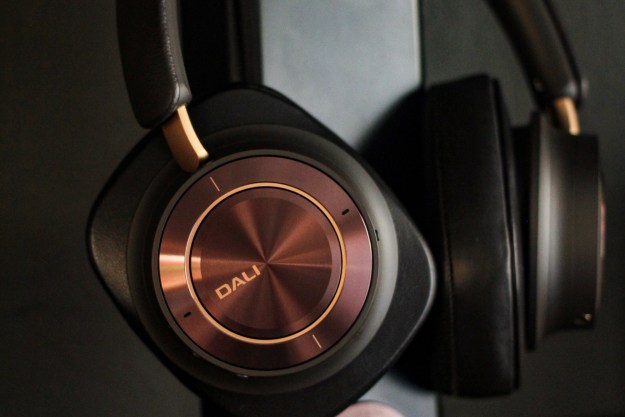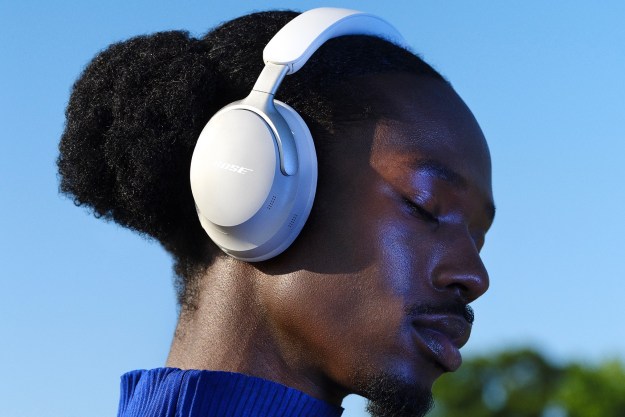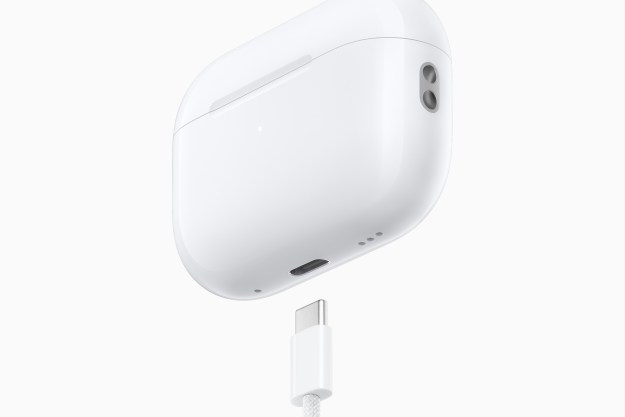
After a nearly eight-year gap, Beats finally has an updated version of its Solo wireless on-ear headphones: the Beats Solo 4. The fourth-gen cans look nearly identical to their predecessors and they sport the same $200 price tag. Under that familiar exterior, however, lies a series of upgrades, including support for spatial and lossless audio, that Beats hopes will keep the Solo 4 as its most popular product. The Solo 4 can be ordered starting April 30 in Matte Black, Slate Blue, and Cloud Pink, with shipping beginning May 2. Beats also debuted its latest wireless earbuds, the Solo Buds.

Physically, very little has changed since the Solo3 Wireless debuted in 2016. The Solo 4 preserves the now-classic Beats lines, with the same folding hinges and a low-profile headband that transitions seamlessly into the earcups. Some of the chrome-finish accents have been retired, but the distinctive lowercase “b” Beats logo is still front and center.
Beats says the ear cushions have been restructured for greater comfort and support, and if you look at the bottom of the right earcup, you’ll see one of the more notable changes. Instead of the Solo3’s ancient microUSB port, the Solo 4 are equipped with USB-C. And, just like the Beats Studio Pro, this means you can charge the cans from almost any device, including USB-C-equipped smartphones like the iPhone 15.

That USB-C port also supports lossless digital audio, including hi-res audio compatibility up to 24-bit/48kHz. You can charge and listen at the same time via USB-C or, alternatively, you can use the 3.5mm analog input. Beats even includes a 3.5mm analog cable, something that was strangely absent on the Solo3.
Speaking of audio quality, Beats says the Solo 4’s acoustics have been improved, too. “Beats Solo 4 has been reengineered for incredible, high-fidelity acoustics,” touts the press release. “The custom-built 40mm transducers minimize electronic artifacts, latency, and distortion for extraordinary clarity and range.”

There’s a revamped carry case that uses a toiletry-kit like design, and Beats has improved compatibility with the Android ecosystem — the Solo 4 can connect via Google Fast Pair, which also brings Find My Device functionality. You’ll be able to seamlessly switch devices within each ecosystem (Android or Apple), but the Solo 4 still lack true Bluetooth Multipoint functionality for simultaneous connections to any two Bluetooth devices.
Unfortunately, only iPhone users will get the other big addition: head-tracked spatial audio. Now, in addition to letting you hear spatial audio formats like Dolby Atmos Music, you can turn on a spatialized stereo mode. Both versions use Apple’s personalization feature to increase the sense of immersion created by spatial audio on headphones.

And iPhone users will also get hands-free “Hey, Siri” access and audio sharing. Battery life was already impressive on the Solo3 at 40 hours, but this has been increased by 25% to a claimed 50 hours on the Solo 4. Fast Fuel charging delivers five extra hours of playback with 10 minutes of charging.
Are the Solo 4 a good choice for your next set of wireless headphones? Check out our in-depth review for some possible answers.
Editors' Recommendations
- Newest Beats earbuds are just $80, but there’s a catch
- Spatial audio via headphones: how science crams 9 speakers and a subwoofer inside your head
- Cambridge Audio’s first AirPods Pro competitor has lossless audio, massive battery life
- Sennheiser Momentum True Wireless 4 debut with lossless audio, but skip the spatial trend
- Open-ear earbuds and spatial audio ruled 2023 — and they’ll be even bigger in 2024




